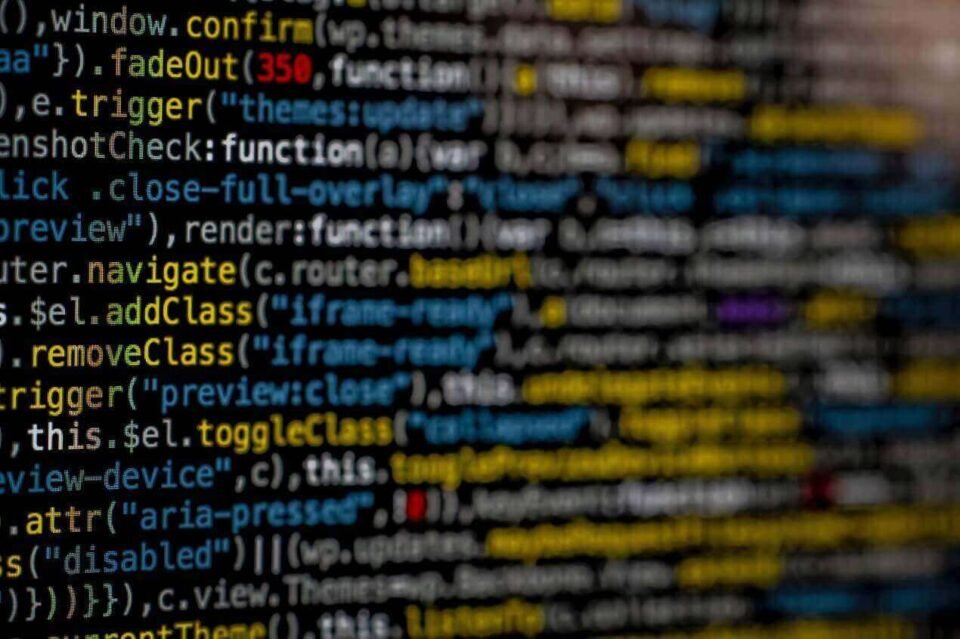One of the easiest scripting languages, PHP is known for its flexibility, cost-effectiveness and efficiency within the developer’s community. Majority of web development companies today prefer using PHP for web app development. PHP applications are often dynamic, have an interactive User Interface (UI, compatible with multiple platforms and are really stable.
Popular companies such as WhatsApp, Facebook, WordPress, Vox media, Lyft and Accenture have leveraged PHP for their web applications.
What are Design Patterns?
Design patterns are strategies that are not specific to any programming language. As a programmer, you can structure code in any way that you want, however, following these design patterns makes your code easier to manage and comprehend. Essentially, patterns are the best solutions a developer can resort to when faced with recurring problems during designing.
Design patterns are generic reusable solutions to common problems which occur during software/app design. These patterns show the interactions and relationships between the various components of an application and improve the speed of the development process.
Three Types of Design Patterns:
There are about 23 design patterns which can be characterized into the below three broad categories:
- Creational Patterns: These design patterns focus on developing objects suitable for a specific situation. Generally, when objects are created they cause design problems or increase the app design complexity. What creational patterns essentially do is resolve these issues by managing this object creation.
- Behavioural Patterns: These design patterns mainly find the recurrent communication patterns between various components and add more flexibility to these patterns.
- Structural Patterns: These design patterns simplify the app design by finding efficient ways to realize entity relationships and pertain to class and object composition.
Here are the top 5 design patterns utilized in PHP applications:
- Factory: Factory is a creational pattern utilized to build new objects. Building an object entails both creating and initializing the object. This building process usually requires the developers perform various extensive steps and apply a specific logic. This is where the Factory design pattern comes in handy as it stores all the detailed steps in a single place, making them reusable for the programmer when a new object needs to be built in a similar manner. However, if your design is already simple using the factory design pattern may add unwanted complexities to your design.
- Observer: This behavioural design pattern allows subject objects to notify the observer objects if there are any modifications to their state. To make the implementation of this pattern compatible with the rest of the code, PHP has many built-in interfaces such as SplObserver and SplSubject. This pattern is also called Publish-Subscribe wherein the subject is considered the publisher and the observer is the subscriber. For this pattern to function it needs to be registered with a subject through the attach method.
- Singleton: This pattern is also known as a single design pattern and is based on the mathematical concept of a singleton set. The basic function of this pattern is to ensure that the instantiation of a class is restricted to a single object as it is better architecturally to give everyone access to only one object of a specific class during web designing. This design pattern is needed when one object is required within the system.
- Facade: This design pattern helps in making systems which are very complex and difficult to comprehend easy to understand. It becomes simpler for developers to work with complex libraries and API’s. The facade design pattern makes the library readable, diminishes the dependency on external code and provides a simple interface for users by breaking down complex systems with a large number of interdependent classes.
- Decorator: All web applications need to be updated and improved with time based on user feedback. It is important to have the option of extending the code so that the code quality improves. For this very purpose, the programmer can utilize the decorator design pattern. Without altering the internal structure, the decorator design pattern is utilised to add extra functionalities to the classes. This pattern allows developers to introduce additional features into the code without making any modifications to the existing classes.
PHP is an open source programming language that can support large databases. By using PHP coders can avoid writing long scripts and will have maximum control over their applications. Since the PHP community is very strong developers can find support quickly if they are stuck. In comparison to other scripting languages, PHP is equipped with extensions which improve the functionality of any application significantly.
The above list only highlights the 5 most important and widely-used design patterns in PHP applications. Each design pattern provides a viable solution to certain design problems that are frequently encountered by programmers in certain conditions. These design patterns have already been tested and thus help amateur programmers and coders reach the level of industry specialists.
AUTHOR BIO:
Sameer Mehta is a blogger and entrepreneur and writes on technology and lifestyle related topics. He has more than 15 years of experience across technology, consulting and marketing. He has written for Entrepreneur, West Agile Labs, Exegy Consulting, Jewellerista, etc.

